Travel photography is like preserving slices of time in a scrapbook. It’s about capturing the essence of a place, freezing moments and memories to cherish forever. Moreover, your travel pictures are also a testament to new experiences reflecting your travel adventures around the globe. So, in this ‘pro-tip’ guide, we’ll discuss some expert insights into mastering the art and science behind travel photography:

Take Advantage of the Golden Hours
The golden hour – that magical time when the sun kisses the earth with its warm glow, painting everything in hues of amber and gold. It’s not just a pretty sight, it’s one of the most photographed phenomena in the world today. The soft, diffused light during sunrise and sunset can transform an ordinary scene into something extraordinary. Plus, fewer crowds mean you can capture iconic landmarks without hoards of tourists photobombing your shots.
Scout the Place Before You Shoot
Imagine arriving at a destination only to realize you missed out on photographing its hidden gems. Don’t let that happen. So, before you take a trip and capture memories, arm yourself with destination-specific knowledge and local insights. Search online, read travel magazines, scour for top photo spots, and create a suitable list of spots. From majestic waterfalls to quaint old countryside, every region has its distinct charm waiting to be captured.
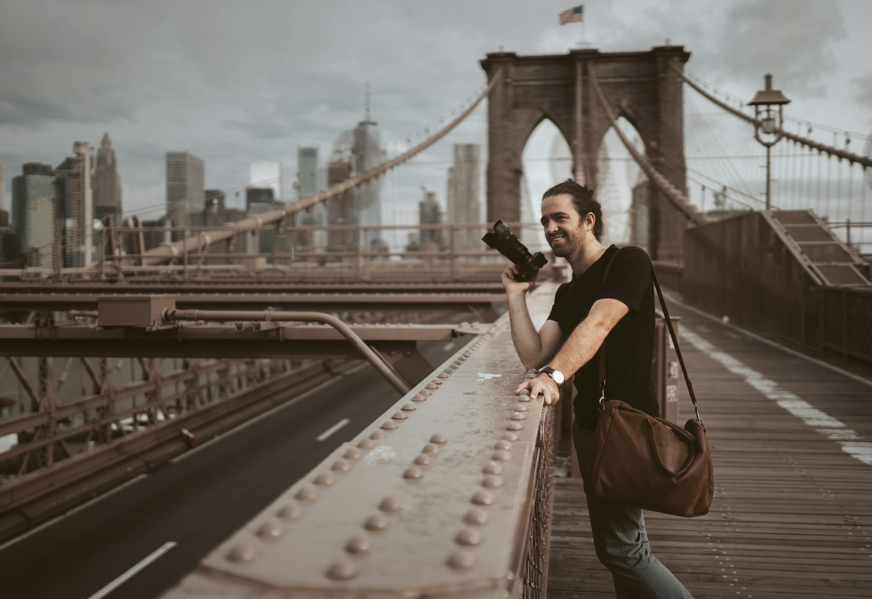
Travel Light to Shoot Right
You don’t need an arsenal of gear to capture stunning shots. Sometimes, all you need is your camera and a single lens to unleash your creativity. Moreover, travelling with light camera gear ensures you don’t miss out on the travel experience beyond the lens. So ditch the bulky camera bag and opt for nimble, lightweight gear that won’t weigh you down. Remember, less gear means more freedom to explore and capture spontaneous moments.
Add a Human Touch to Your Frames
A photo devoid of human presence can often feel lifeless. Try to introduce a human touch to your compositions – it adds scale and injects soul into your shots. Even if you’re traveling solo, don’t shy away from including yourself in the frame using timers and tripods. Your future self will thank you for immortalising those precious moments.
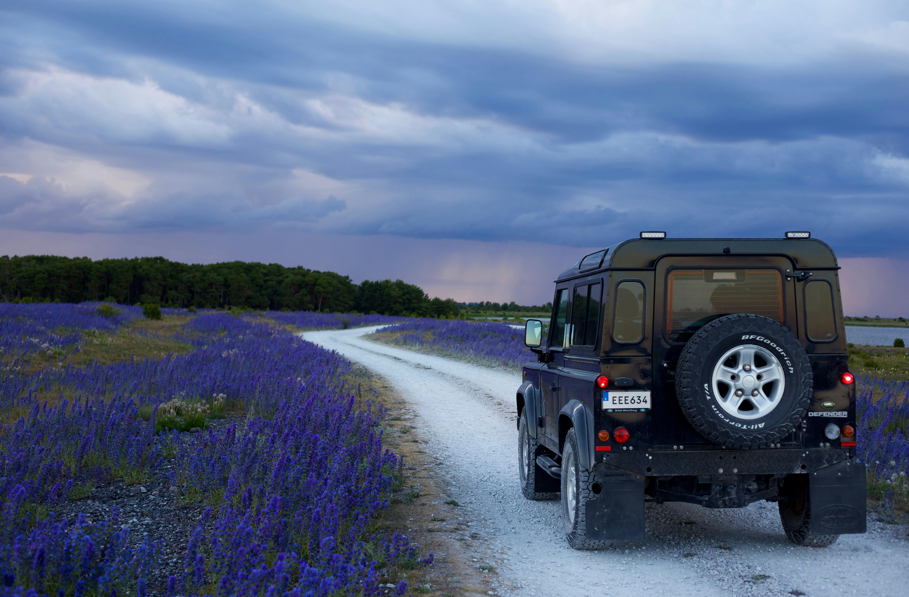
Create Depth with Leading Lines
Leading lines are like visual breadcrumbs that guide the viewer’s gaze through your photograph. Whether it’s a winding road or a meandering river, use these natural or man-made elements to draw attention to your subject and add depth to your composition.
Master the Rule of Thirds
Think of your photo as a tic-tac-toe board, dividing it into nine equal parts. Instead of centering your subject, place it along the four imaginary lines or intersections. This simple yet effective rule can instantly elevate your composition, making your photos more visually appealing. Additionally this technique also allows you to get more out of the composition within the frame.
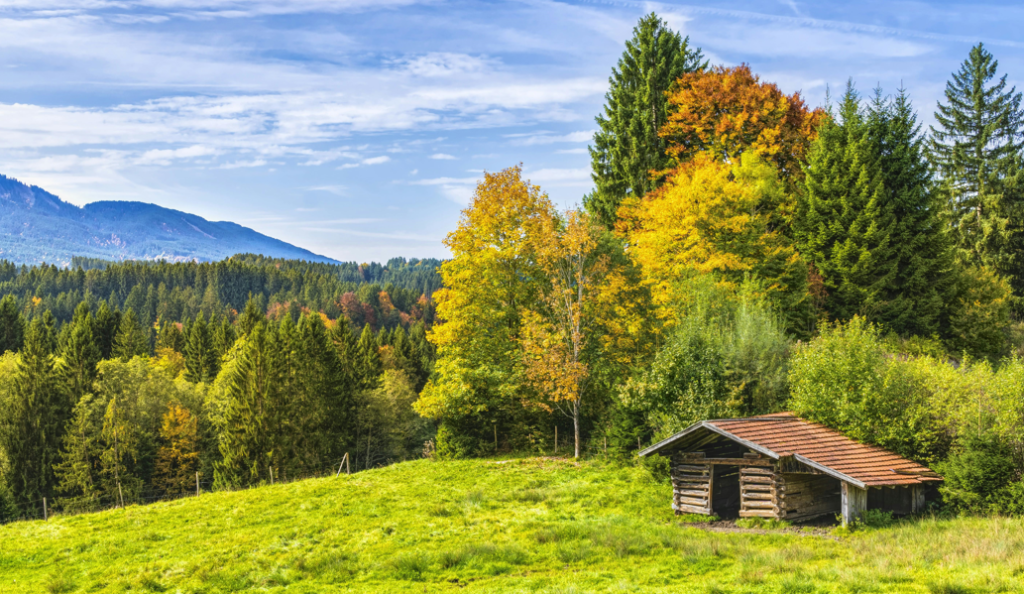
Carry a Tripod for Added Stability
Want crisp, sharp images, especially in low-light conditions? Invest in a sturdy tripod. It not only eliminates camera shake but also allows for long exposures and creative framing. Don’t overlook this essential tool in your photography arsenal.
Explore New Perspectives
Don’t be content with eye-level shots, experiment with different angles such as aerial shots, wide angle shots, and more, to add visual interest. Get down low or shoot from above to discover unique viewpoints. Similarly, adding foreground elements like foliage or architectural details can add depth and context to your images.
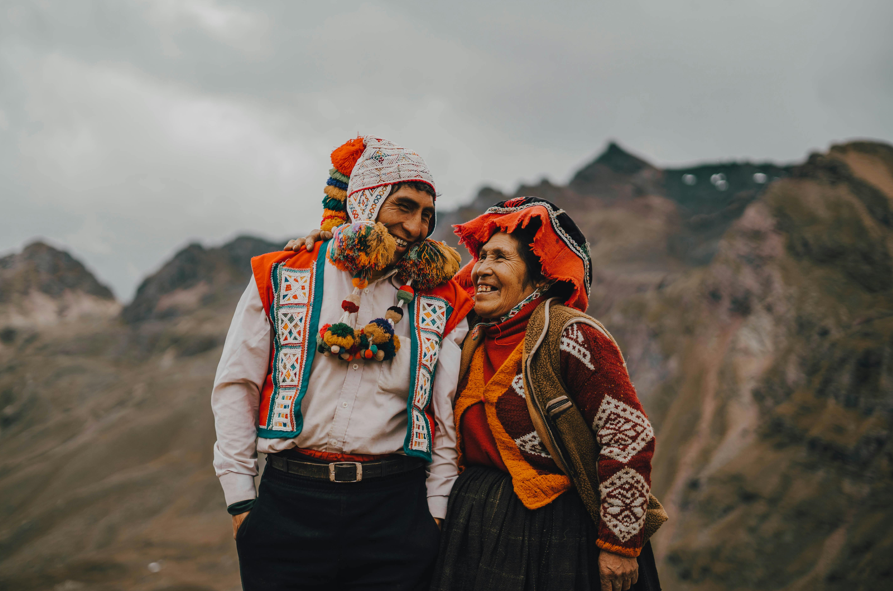
Be Patient for the Perfect Moment
The best shots often require great patience. Don’t rush through a location — linger, observe, and wait for the right light and moment to unfold. Sometimes, the most magical scenes reveal themselves to those who are willing to wait.
Learn About Your Camera
Unlock the full potential of your camera by familiarizing yourself with its settings. Learn how aperture, shutter speed, and ISO work together to create the perfect exposure. Additionally. shooting in RAW format gives you greater flexibility in post-processing, so don’t settle for JPEGs.
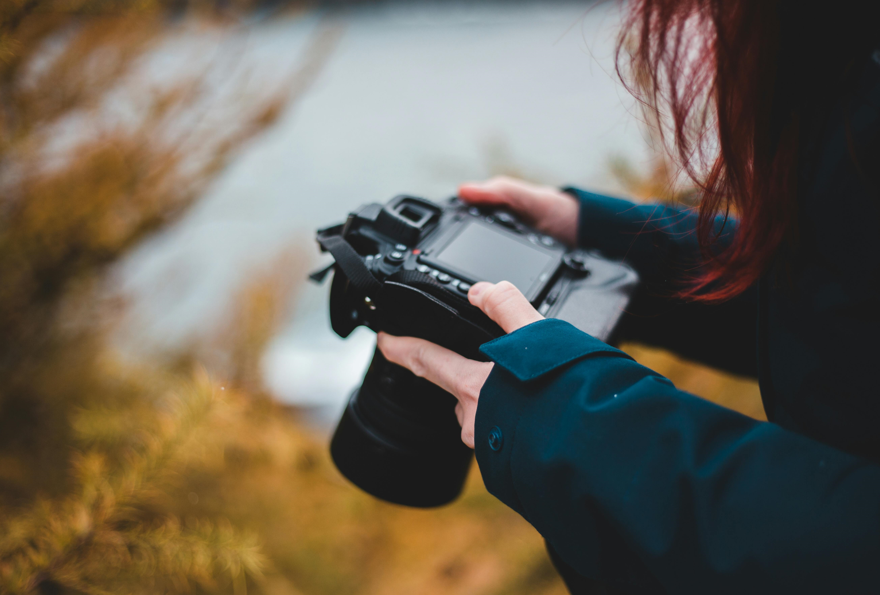
Post-Processing Your Photos
Post-processing is where the magic happens. Fine-tune your images using software such as Adobe Lightroom to enhance colours, contrast, and clarity. With a few tweaks, you can transform good photos into great ones.
Focus on Creativity, Not Gear
While gear is important, it’s not the be-all and end-all of travel photography. Instead of chasing the latest gadgets, focus on honing your skills and mastering your existing equipment. Remember, it’s the photographer, not the camera, that creates stunning images.
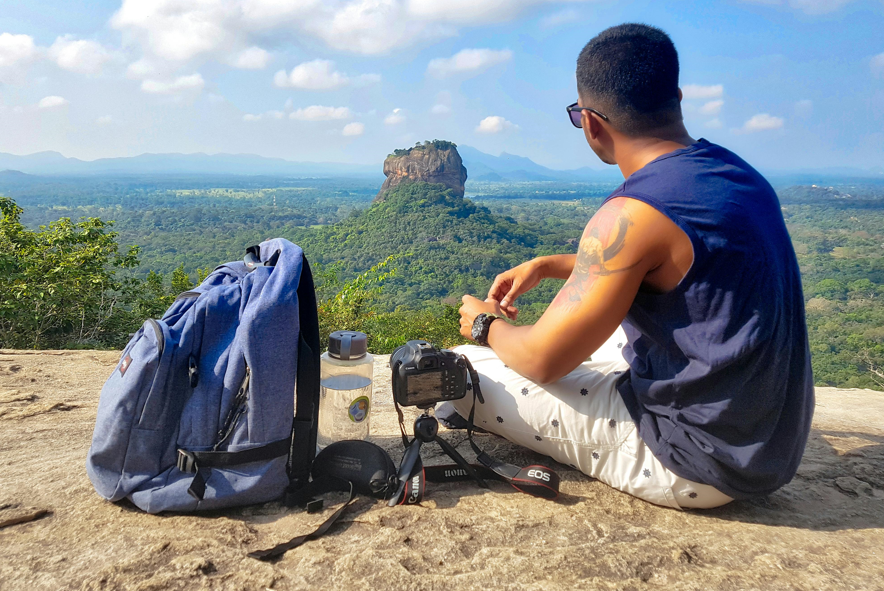
Experiment with Accessories
Expand your creative horizons with camera accessories like filters and tripods. They may seem like small additions, but they can make a world of difference in your photography. Don’t be afraid to experiment and discover new techniques.
Take Back Ups of Your Photos
Protect your precious photos by backing them up regularly. Whether it’s on an external hard drive or in the cloud, ensure your images are safe from loss or damage. A little precaution goes a long way in preserving your memories.
Top Destinations for Travel Photography
Here are a few of the most popular destinations for travel photography around the world:
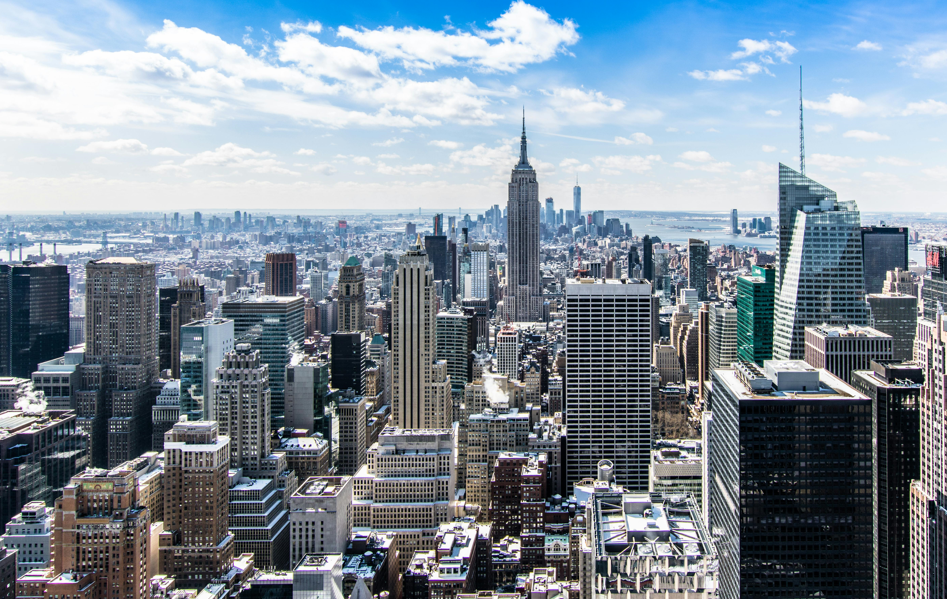
- Kyoto, Japan: With its ancient temples and serene gardens, Kyoto offers a glimpse into Japan’s rich cultural heritage. Don’t miss the iconic Fushimi Inari Shrine and the bamboo groves of Arashiyama.
- Iceland: Known for its dramatic landscapes, Iceland boasts cascading waterfalls like Seljalandsfoss, the Icelandic Highlands, and the Snæfellsnes Peninsula’s rugged coastline.
- Santorini, Greece: This picturesque island is famed for its whitewashed buildings, azure domes, and stunning sunsets. Explore Oia’s narrow streets and Amoudi Bay’s colourful fishing boats.
- Banff National Park, Canada: Nestled in the Canadian Rockies, Banff offers towering peaks, crystal-clear lakes, and abundant wildlife. Explore the picturesque Moraine Lake’s summit or Peyto Lake’s turquoise waters.
- Marrakech, Morocco: Immerse in Marrakech’s vibrant colours and bustling souks. Wander through the ancient medina or experience the lively Jemaa el-Fnaa square.
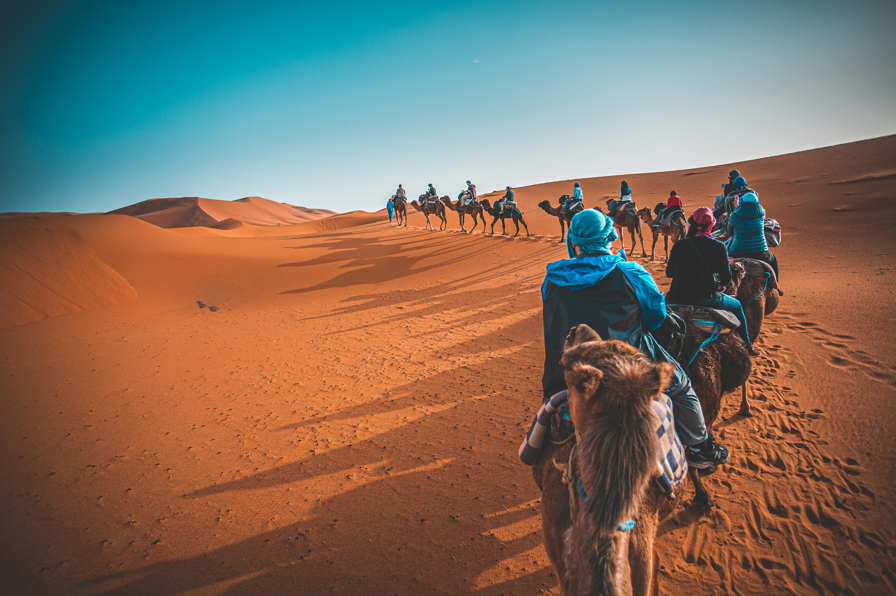
- New York City, USA: The iconic skyline of NYC is a magnet for photographers. Revel in the energy of Times Square, Central Park’s urban oasis, or the city’s famous landmarks.
- Petra, Jordan: Step back in time in the rose-red city of Petra. Explore the iconic Treasury, the winding Siq canyon, and the majestic Monastery perched high above the valley.
- Venice, Italy: Lose yourself in Venice’s romantic canals and historic architecture. Explore the medieval streets, photograph the Grand Canal’s reflections, or capture the city’s iconic landmarks.
- Serengeti National Park, Tanzania: Go on a safari adventure in the Serengeti. Come across wildlife like lions and giraffes against the backdrop of vast plains and dramatic river crossings.
- Machu Picchu, Peru: Perched high in the Andes, Machu Picchu is a photographer’s dream. Explore the ancient ruins as the morning mist rises, or hike to the Sun Gate for panoramic views.
FAQs on Travel Photography
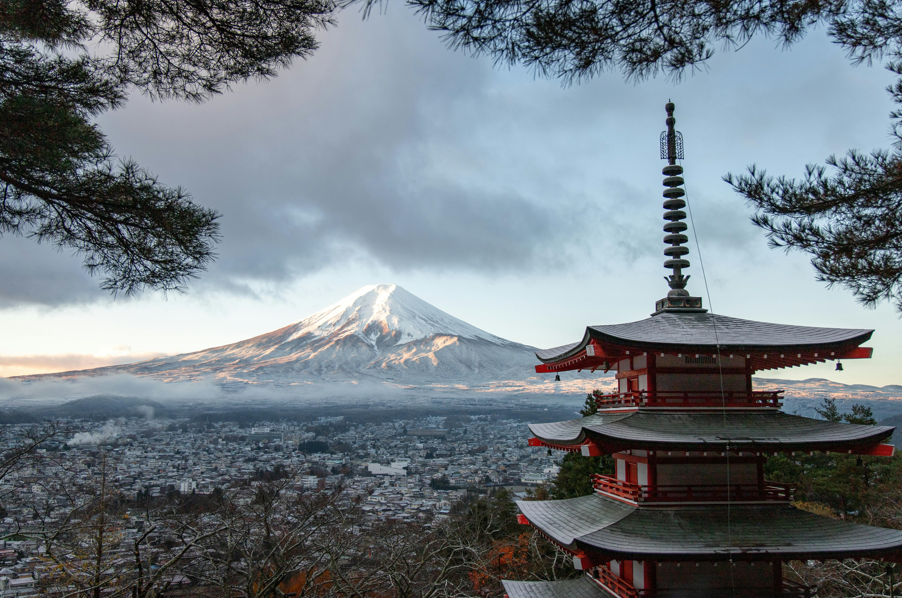
What is travel photography?
Travel photography is about capturing the essence of a destination. From its landscapes to its people, and everything in between. It’s a visual storytelling medium that transports viewers to far-off places and evokes a sense of wanderlust.
What equipment do I need for travel photography?
A versatile camera, a few lenses, a tripod, and essential accessories like filters and memory cards are all you need to get started. Choose gear that suits your style and preferences, keeping in mind the balance between functionality and portability.
How can I take better travel photos?
Focus on composition, lighting, and storytelling to create impactful images. Experiment with different techniques and perspectives, and don’t be afraid to step out of your comfort zone. The more you practice, the better your photos will become.
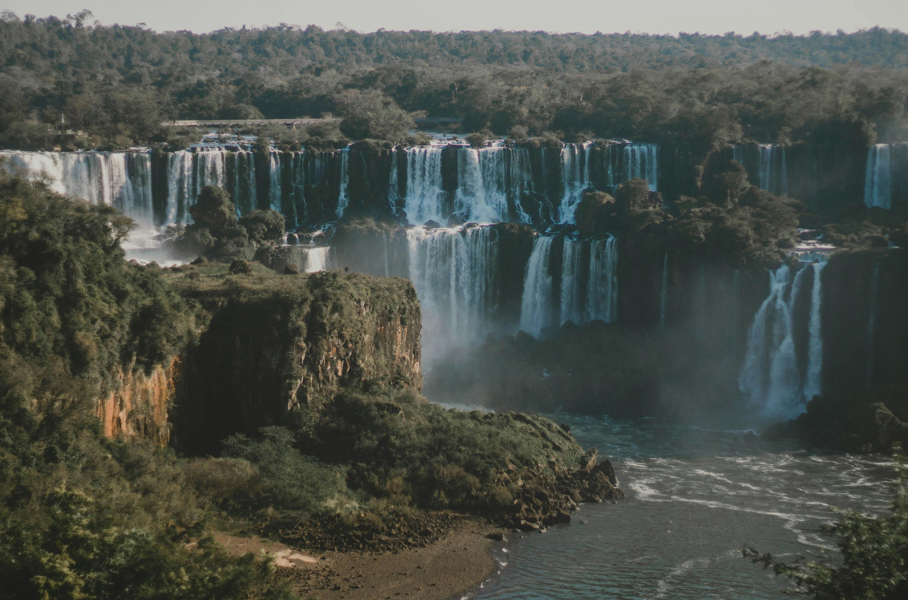
Is it okay to take photos of people while travelling?
Respect local customs and privacy when photographing people. Always ask for permission before taking someone’s photo, and be mindful of their comfort and consent. Remember, photography is about capturing moments, not intruding on them.
How can I protect my photos while travelling?
Back up your photos regularly and store them securely, whether it’s on a portable hard drive or in the cloud. Take precautions to prevent loss or theft, and consider using encryption for added security.
Can I sell my travel photos?
Yes, you can sell your travel photos to stock agencies, publications, or clients interested in licensing your work. Make sure you have the necessary rights and permissions for your images, and adhere to quality standards and legal requirements.
What are some common mistakes to avoid in travel photography?
Avoid over-editing your photos, neglecting composition, and relying too heavily on post-processing. Take the time to research locations, observe local customs, and pay attention to the details that make each place unique.
Conclusion
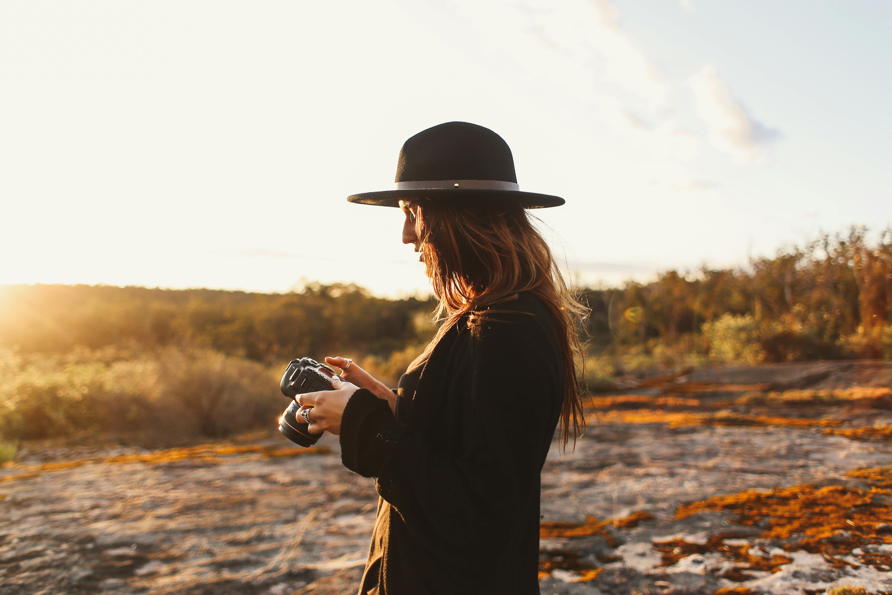
Travel photography is more than just snapping pictures — it’s about capturing moments, telling stories, and creating lasting memories. So grab your camera, pack your bags, and embark on a journey of discovery. The world is waiting to be explored, one frame at a time. Book your flights, hotels and holidays with MyFlightPal today!

